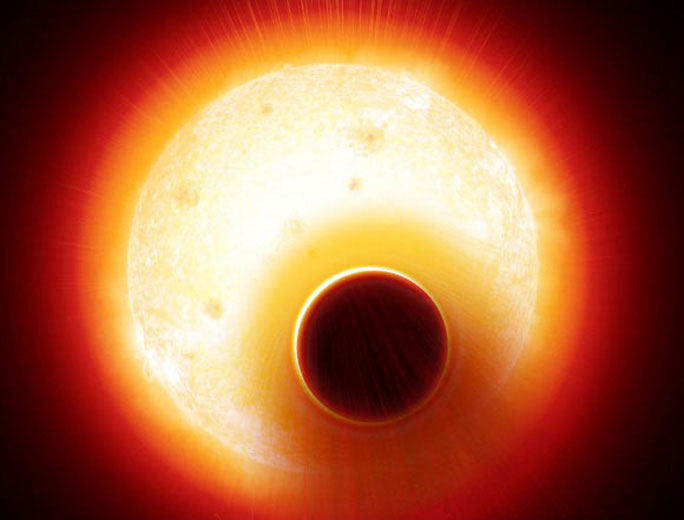American scientists have discovered the first direct evidence of the magnetic field of an exoplanet, which is a planet outside our Solar System.

Graphic depicting the newly discovered exoplanet in the Cygnus constellation – (Image: Denis Bajram).
Using ultraviolet data from NASA/ESA’s Hubble Space Telescope, a team of scientists led by the University of Arizona (USA) has detected carbon ions – charged particles that interact with magnetic fields – in the magnetic field of the Neptune-sized exoplanet named HAT-P-11b.
This peculiar exoplanet orbits a K-type star in the Cygnus constellation, located 122 light-years from Earth. It is a massive planet, four times the size and 26 times the mass of Earth, with extremely high temperatures (surface temperature around 605 degrees Celsius).
The ultraviolet data also reveals that this is a gas giant, consisting of a small rocky core and a thick atmosphere. The researchers noted that the atmosphere is extremely metal-rich.
According to Sci-News, the most remarkable aspect of this study is the evidence of its magnetic field. “This is the first time that signs of the magnetic field of an exoplanet have been directly detected,” said Dr. Gilda Ballester from the Lunar and Planetary Laboratory at the University of Arizona.
For our Earth, a strong magnetic field serves as a protective shield for the atmosphere and life against harmful energy particles from solar winds, allowing life to have the opportunity to exist and evolve.
The newly discovered planet has a magnetic field that is even stronger than that of Earth; however, due to its extreme heat, it is unlikely to support life. Nevertheless, the discovery of direct evidence of an exoplanet’s magnetic field will pave the way for further research on potentially habitable planets, serving as a criterion to assess their habitability.
This research was recently published in the scientific journal Nature Astronomy.


















































